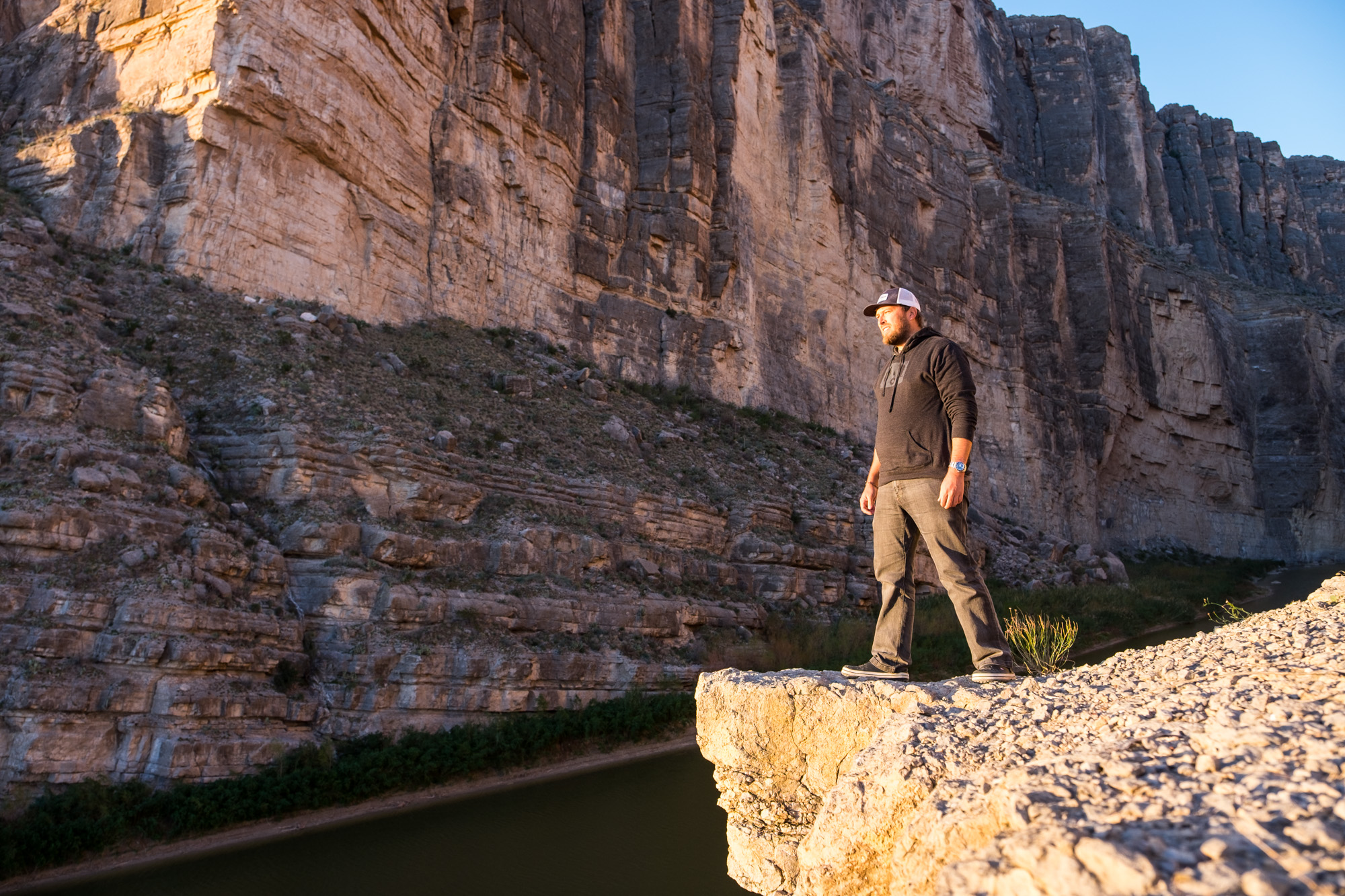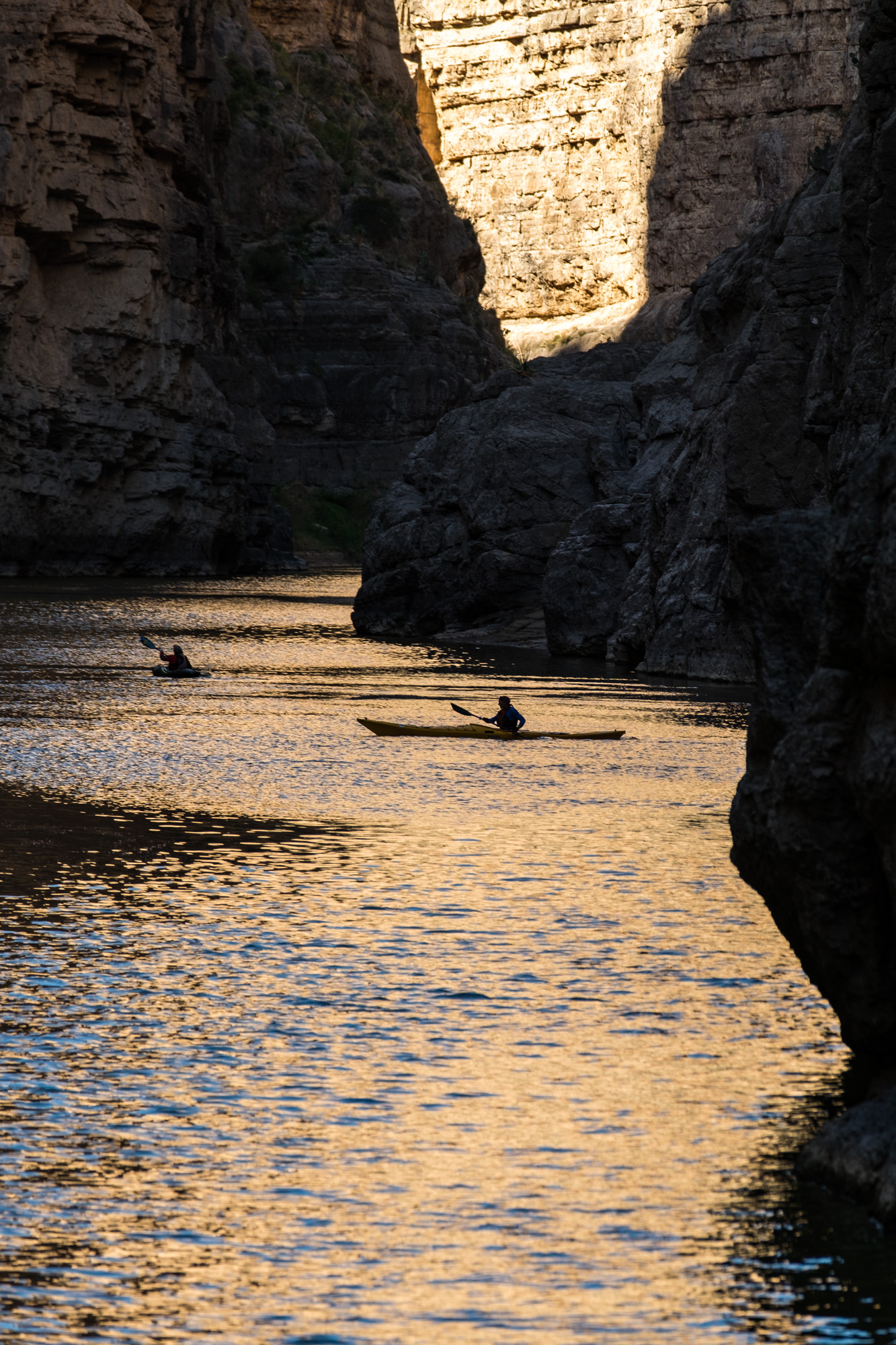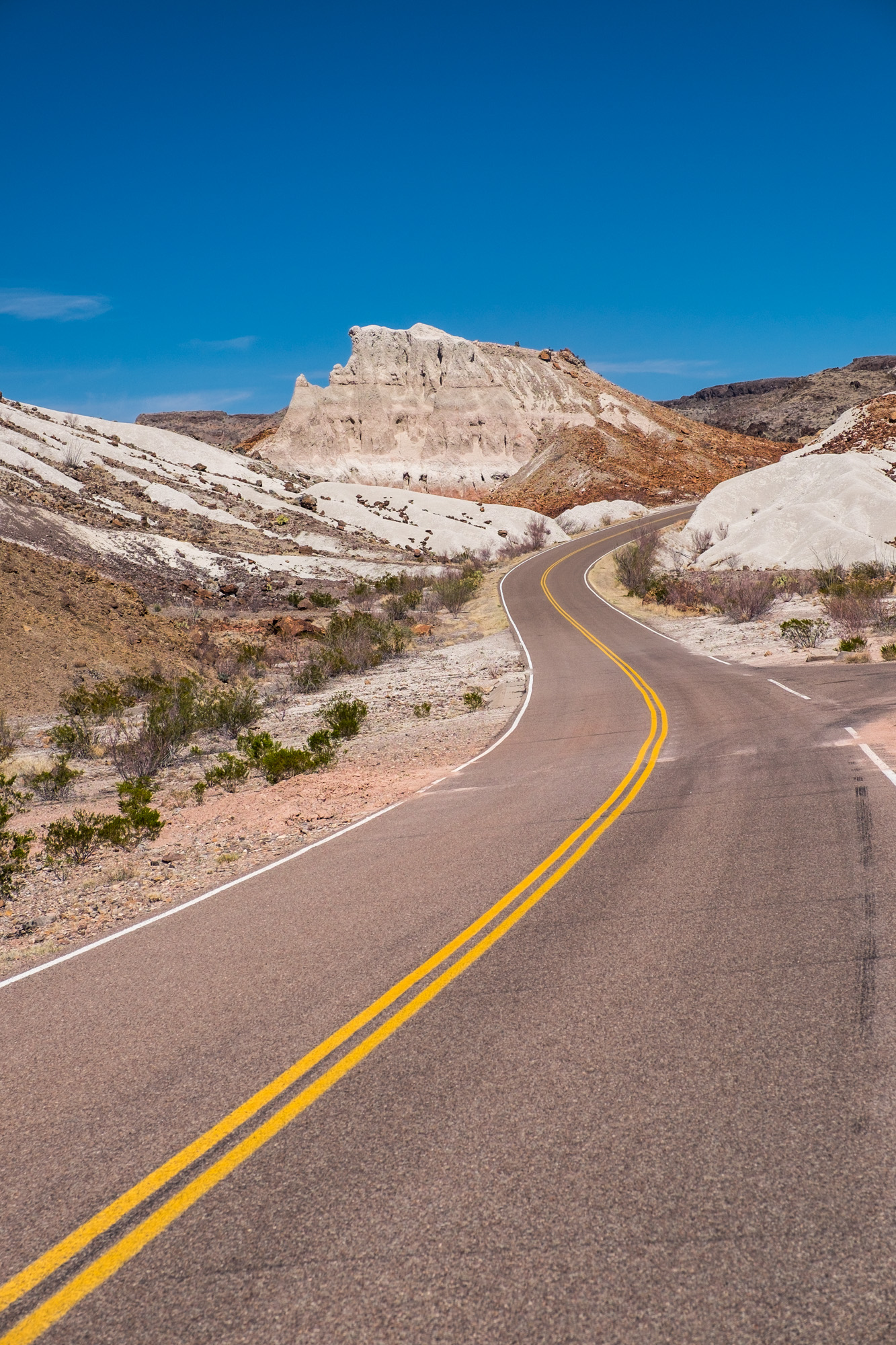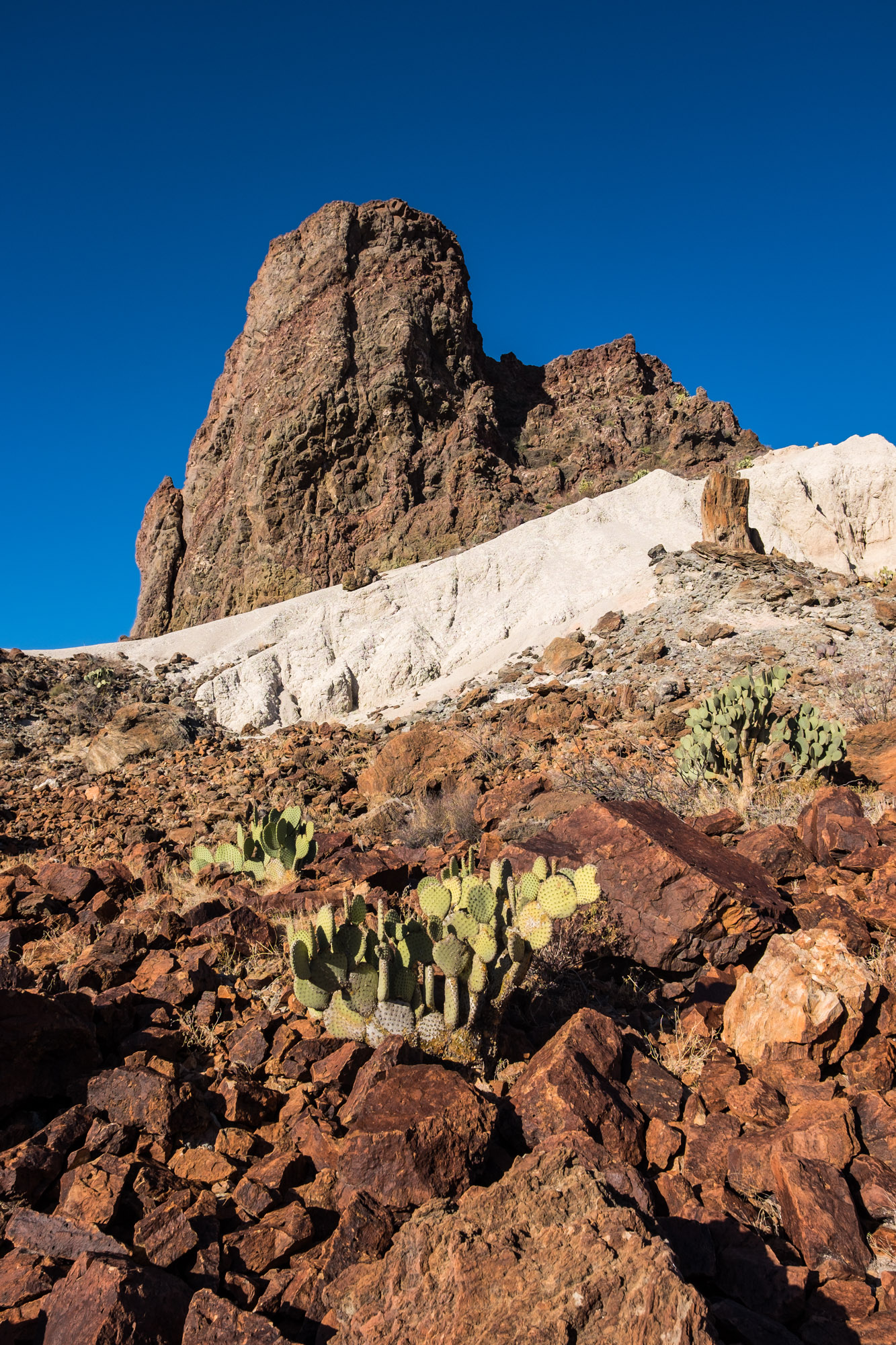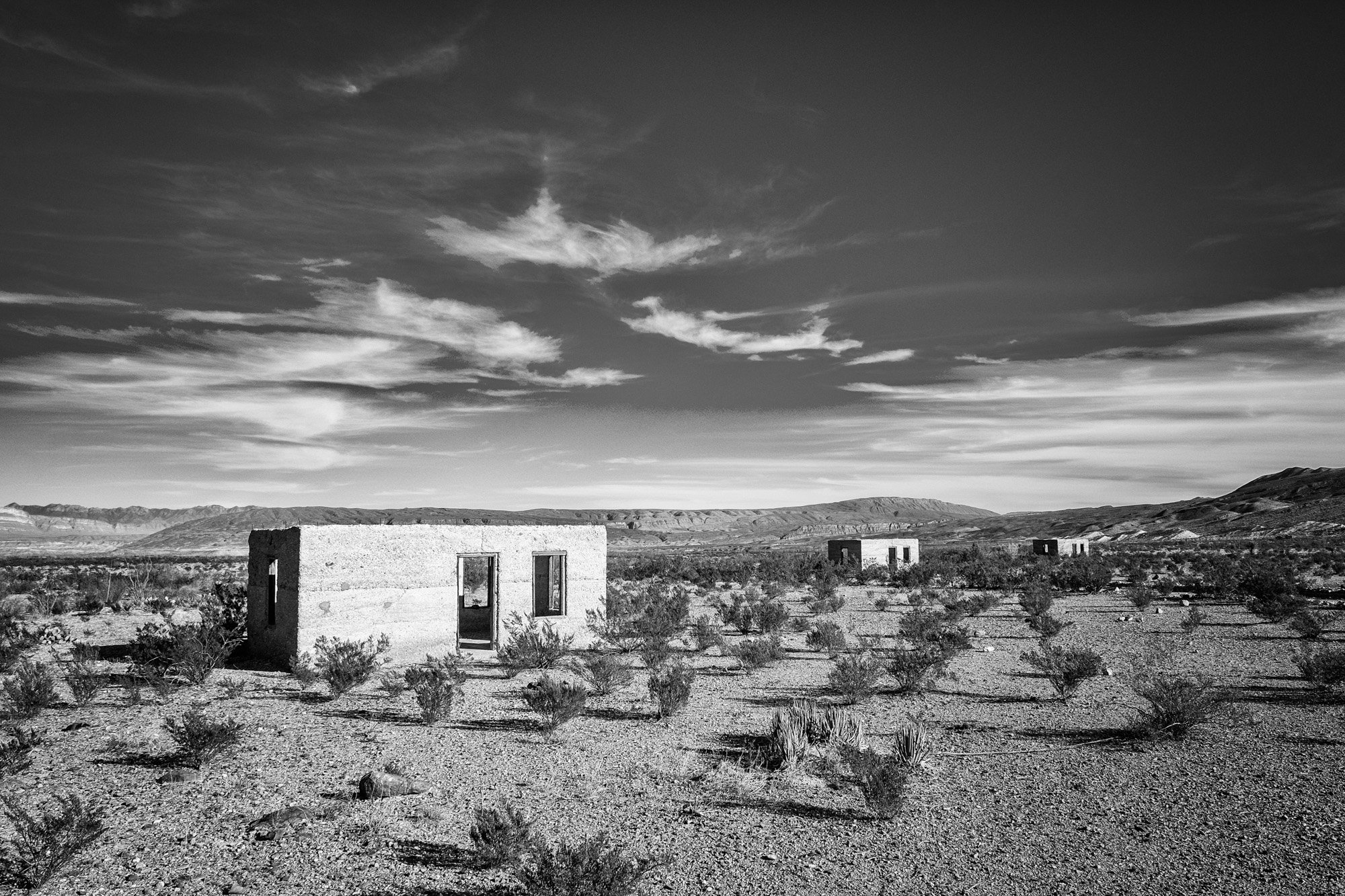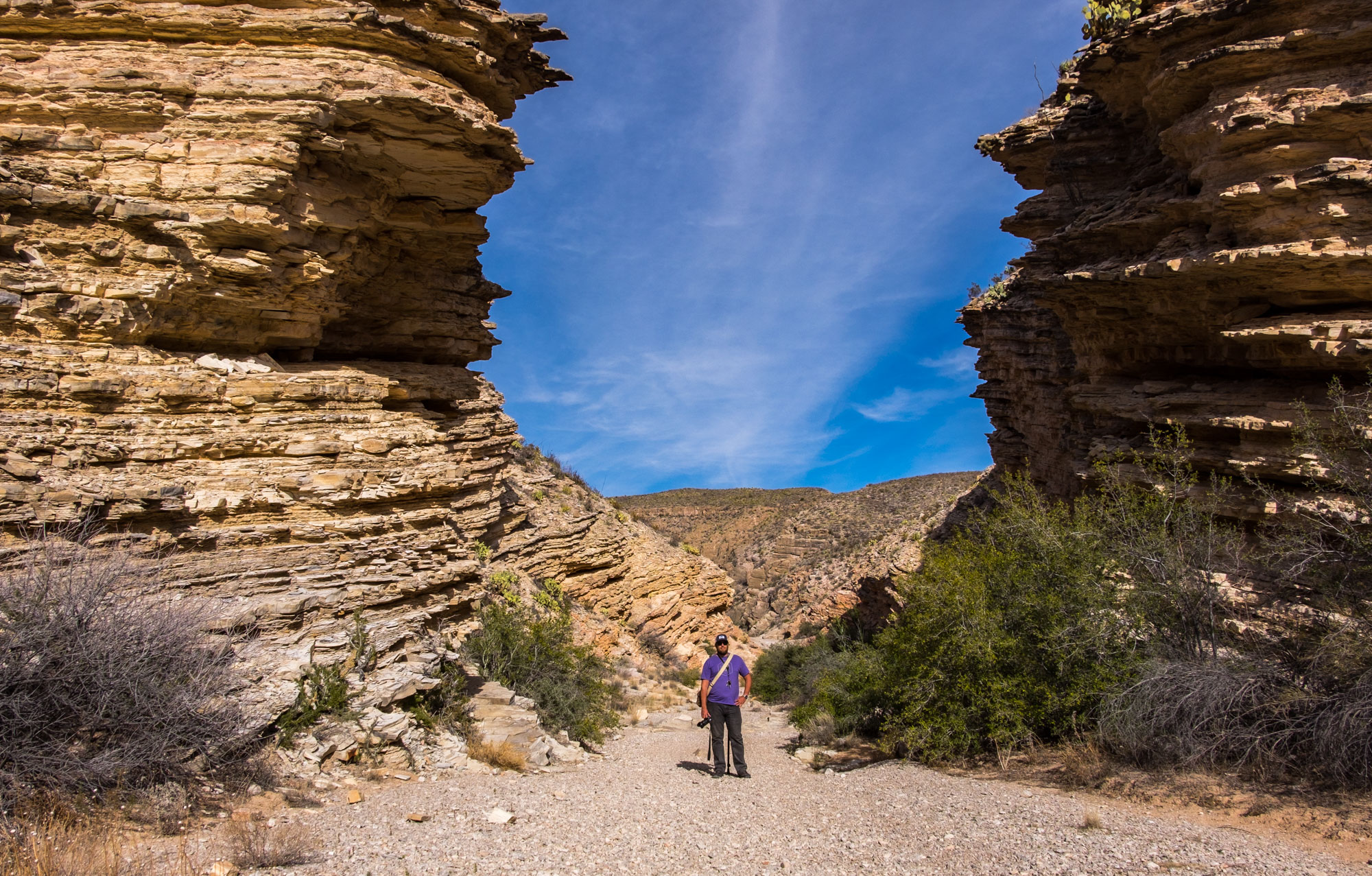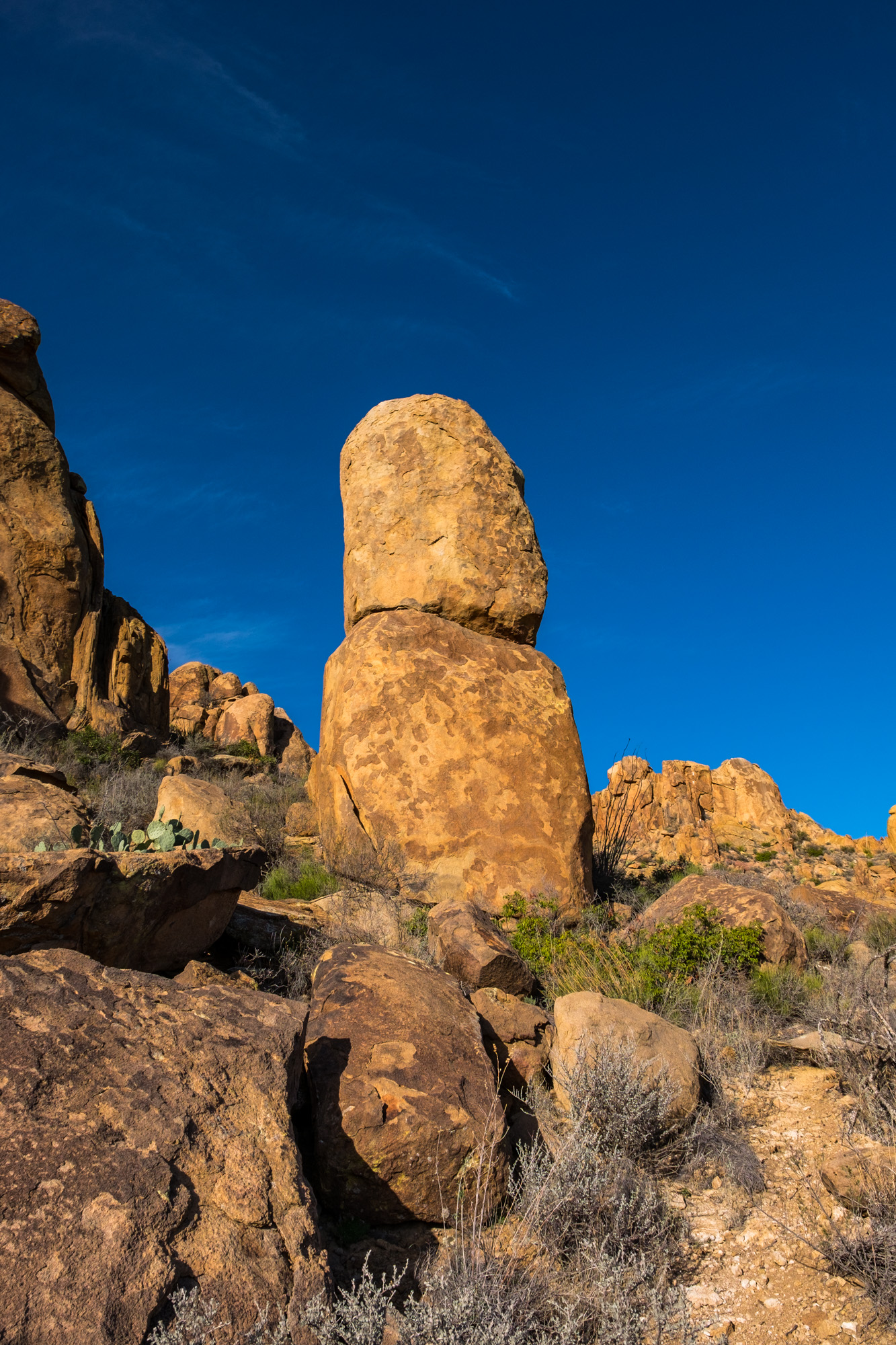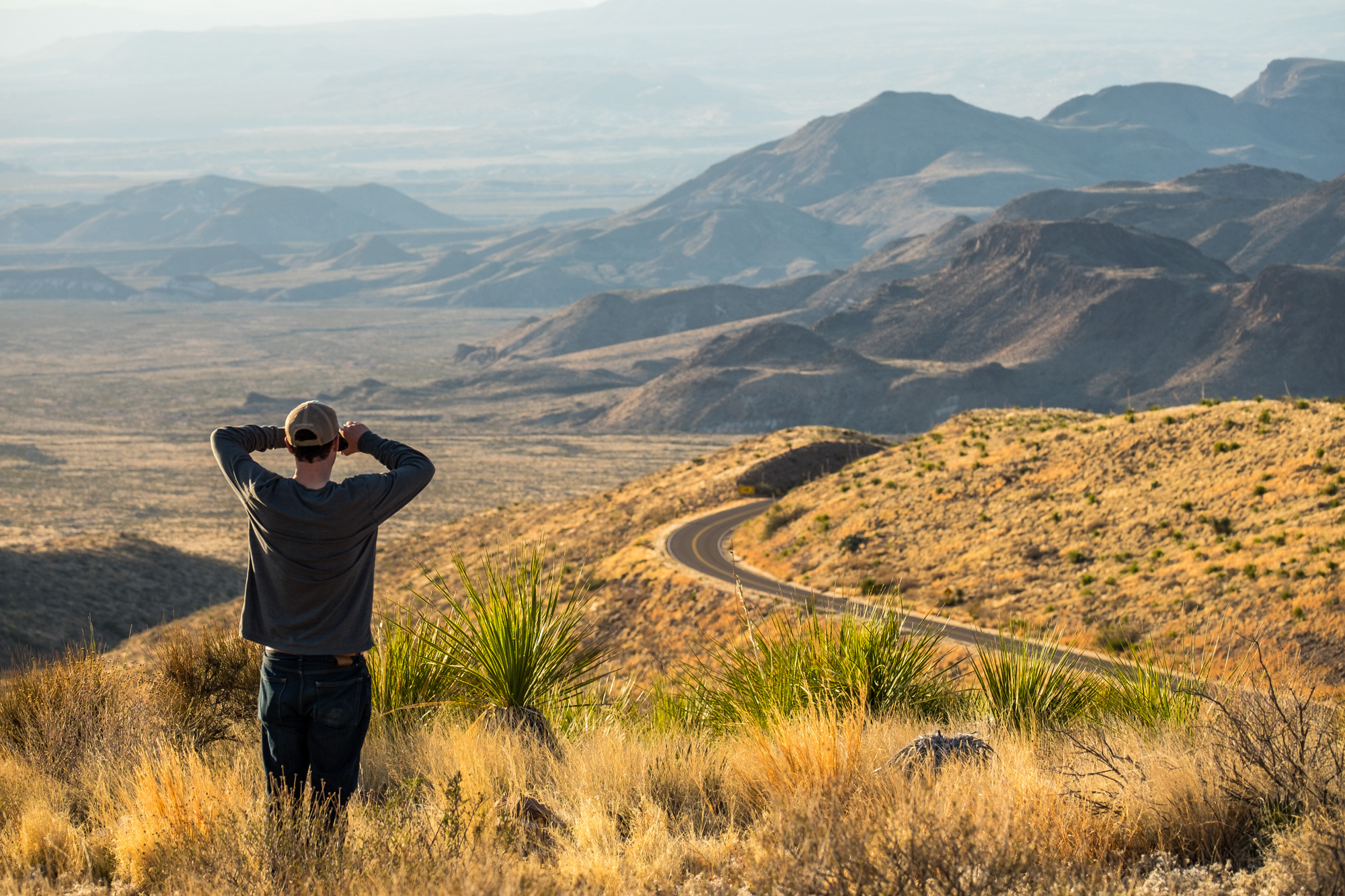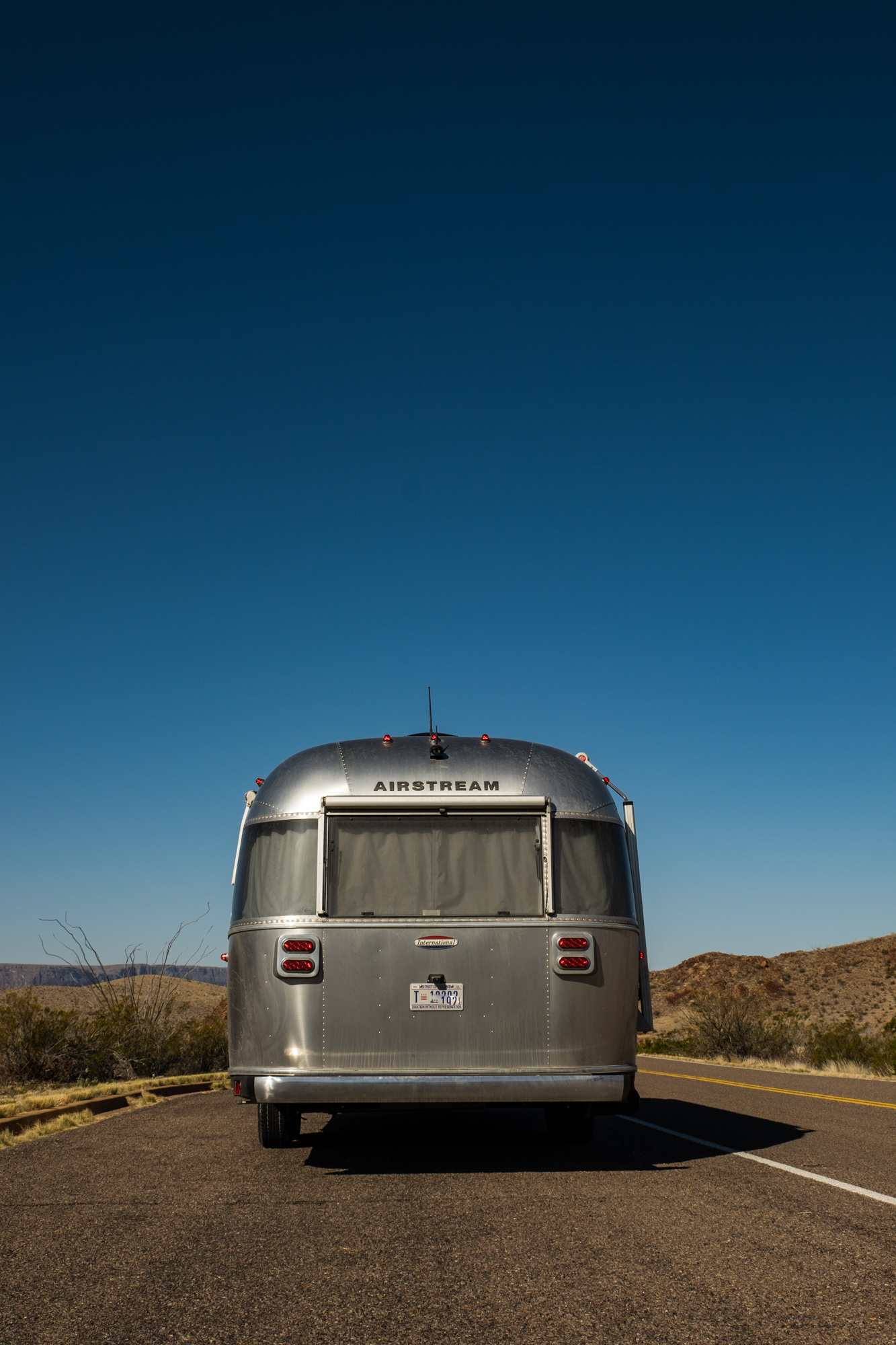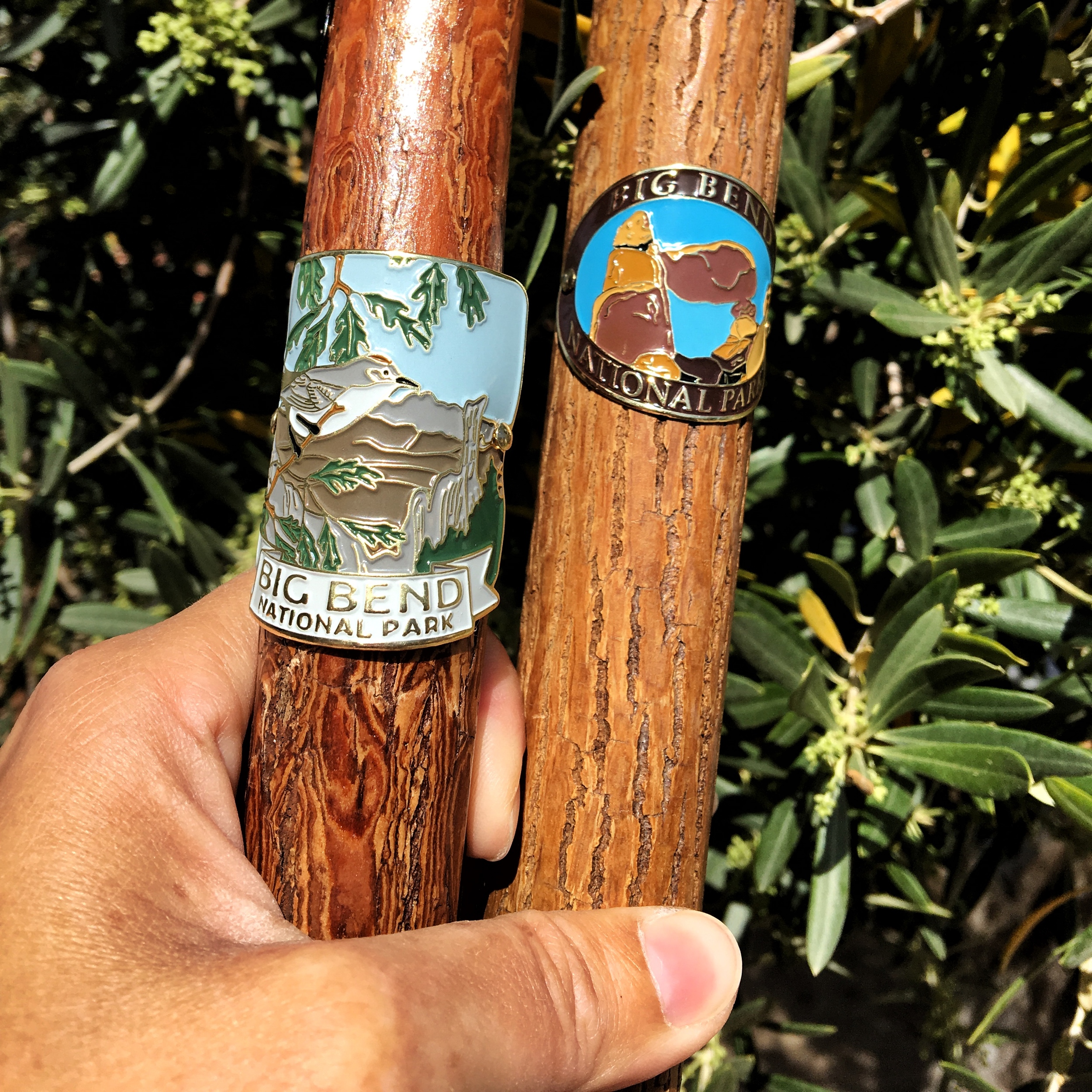Big Bend National Park, Texas, USA | Park 11/59
“‘Big Bend is a land of strong beauty - often savage and always imposing.’”
Last minute capture of the moonrise while camping in backcountry.
Wild Days and Dark Nights: Big Bend National Park
Texas may be the Lone Star State, but there are 2,000 more stars visible in the sky on any given night in Big Bend National Park than there are in most mid-sized cities around the country. This is dark sky country. I don’t know about you, but I feel that seeing stars shine brilliantly in the night sky is a gift that I never want to take for granted. An effect, I suppose, of a lifetime of living in the city.
Big Bend is one of the largest, most remote and least visited parks in the lower 48 states with a low level of light pollution, resulting in remarkably brilliant stargazing that has earned it a designation by The International Dark-Sky Association. Now, we all know that I could moon about the stars for eons, but I’ll stop after just saying that they were so mesmerizing that we could barely even hold up our cameras. We just gazed.
River Road is a 50-mile primitive road winding along the Rio Grande River that borders the United States and Mexico.
Leading into those dark starry nights are long desert days. Ours were spent exploring off road on far flung stretches of land that felt as if in the middle of nowhere—in this case, west Texas—where wilderness encompasses its viewer as far as the eye can see. After a full day bouncing along River Road, a primitive roadway sidling the north side of the Rio Grande river (the natural border between the United States and Mexico), we stopped to take it all in. It was the perfect place to pitch a tent. There is something about the combo of off-roading and hiking in intense heat that completely wipes a person out... we slept for 10 hours that night.
Well rested and excited to hike, we hit the road early to meet jackrabbits, a javelina (looks like a pig but is a different animal species altogether,) coyotes and some roadrunners. Until that day, I thought roadrunners were just an invention created for the sake of Saturday morning cartoons, but I digress. We scanned for mountain lions (known in Big Bend as panthers) and black bears that roam the region, finding instead a slew of hiking trails that led us to incredible things such as water features in the arid desert and old mining relics. We crawled with the lizards upon fossils and geology that hold the secrets of millennia, and climbed upon mountains of tuff (volcanic ash) before packing it in to meet the next day’s dawn at Balanced Rock—a sunrise must for photographers (note to photogs: leave well before sunrise, after driving to the trailhead it's a mile hike up and in.)
This was our first desert adventure of the year and a warm contrast to our recent winter experiences in Cuyahoga and Shenandoah, and therefor special in that right, yet it left a strong impression for many other intangible reasons. This area is the foothold to other lands, with a long cultural history where pioneers, ranchers, miners, and Americans Indians have also lived and explored. It is intensely wild, one of the most rugged and remote places in our country. It has many of the statuesque geological wonders that you might find at Zion or Arches, but without the droves of people standing in line to photograph it. It really is one of our country's great natural treasures, tucked away at the end of the road.
Quotable Images
Fact Box
801,163 acres | Dark Sky designation | One of the least visited national parks (and a treasure!)
Kayakers explore the Rio Grande from the Santa Elena trailhead.
Official name: Big Bend National Park
Established: June 12, 1944
Location: Southwest Texas
How the park got its name: Big Bend was named for the prominent bend of the Rio Grande river that runs through it along the United States and Mexico border.
Iconic site in the park: Santa Elena Canyon is among the most popular places in the park to launch off on a kayaking adventure (there are class IV’s at certain sections), and/or on wilderness hikes where you can explore the desert ecosystem that lives beneath 1,500 feet of dramatic cliffs rising up from the Rio Grande.
The Airstream handled the scenic drives in the park like a champ!
Accessible adventure: Big Bend is a huge park and it is easy to see a lot of it in a short amount of time or in any weather condition (some parts of the park close during the sweltering summer season.) With more than 100 miles of paved scenic roadways weaving throughout the park, anyone with a car can explore the landscape of the Chihuahuan Desert and see some of the very special features that make Big Bend so special: fascinating geology, bird species topping 450, and of course, dark skies and starry nights.
Big adventure: If you’ve ever daydreamed about being in the middle of the desert with nobody around, backcountry camping is your jam. Careening vast expanses, watching wildlife, catching a perfect sunset fall upon on canyon rocks, and sleeping beneath the ultra-starry skies are all pretty easy to accomplish in Big Bend. Visit the National Park Visitor Center in advance to learn about the backcountry trails and reserve camping spots in advance (1-2 days prior); then head out in your high-clearance vehicle (a must and make sure you have a spare!) and explore River Road—a 50-mile primitive dirt roadway meandering the Rio Grande.
Geology impresses throughout the park.
Did you know?
Big Bend is the only national park to have an entire mountain range, the Chisos Mountains, within its borders.
More than 175 species of butterflies have been documented in Big Bend National Park. Several species are seen only in the United States within the park or west Texas.
Big Bend is a world-class geological area, with volcanoes, laccoliths, faults, fossils and American Indian cultural artifacts found throughout the park.
In 1944, Big Bend's first year of operation as a national park, only 1,409 visitors entered the park. Today, annual visitation averages around 350,000 visitors.
Big Bend has more species of scorpions (14) than any other national park, including some species that have been found nowhere else in the world.
Big score at Big Bend? You can gas up your car inside the park at Panther Junction, and also swipe up some food and fix a flat tire.
Moonset over Big Bend National Park.
“Histories never conclude; they just pause their prose. Their stories are, if they are truthful, untidy affairs, resistant to windings-up and sortings-out. They beat raggedly on into the future...”
The Rio Grand river in Big Bend National Park.












